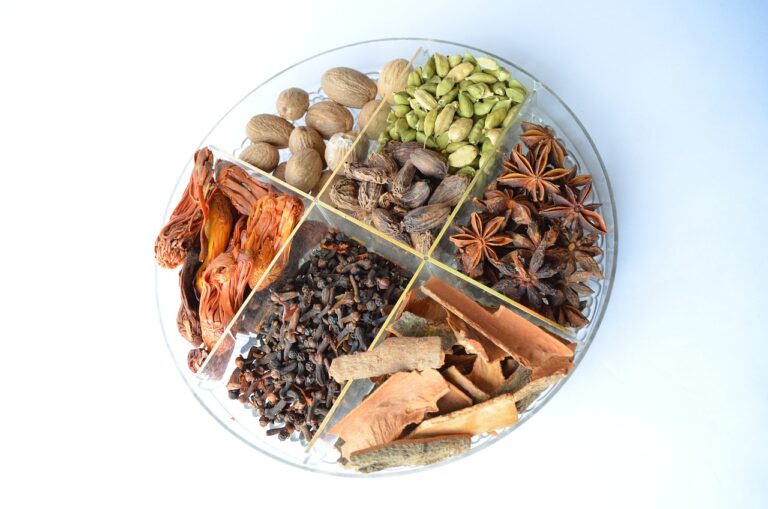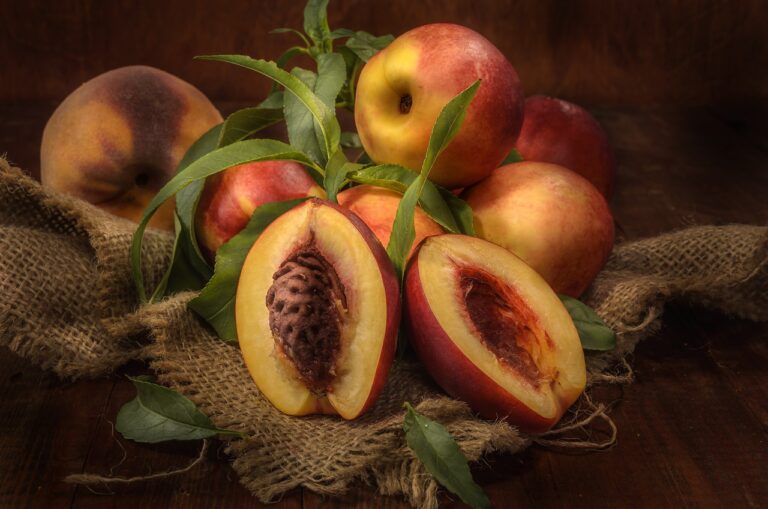Enhancing Food Security Through Agroforestry: Integrating Trees with Crops and Livestock
Agroforestry plays a crucial role in enhancing food security by diversifying agricultural systems and increasing resilience to environmental stressors. Trees integrated within farming landscapes provide numerous benefits that contribute to a more sustainable and productive food production system. By combining trees with crops and livestock, agroforestry systems can improve soil health, enhance water retention, and mitigate the impacts of climate change on agricultural productivity.
In addition, agroforestry helps to improve nutrient cycling, reduce soil erosion, and enhance biodiversity within farmlands. The presence of trees in agroecosystems can also provide additional sources of income for farmers through the production of fruits, nuts, timber, and other non-timber forest products. Overall, the integration of trees in agricultural practices not only helps to increase food production and ensure food security but also contributes to the overall well-being of farming communities and the environment.
• Agroforestry enhances food security by diversifying agricultural systems
• Trees integrated within farming landscapes provide numerous benefits
• Agroforestry systems improve soil health, water retention, and climate change resilience
• Nutrient cycling is improved and soil erosion is reduced through agroforestry practices
• Trees in agroecosystems provide additional sources of income for farmers
The Role of Trees in Agroforestry Systems
Trees play a critical role in agroforestry systems by providing numerous benefits to both the environment and agricultural productivity. One key function of trees in these systems is their ability to improve soil health through processes such as nutrient cycling and erosion control. Additionally, trees contribute to biodiversity by creating habitats for various plant and animal species, thus promoting ecosystem resilience and stability.
Furthermore, trees in agroforestry systems offer vital services such as shade and windbreaks, which help to mitigate the impacts of extreme weather events on crops and livestock. By regulating microclimates, trees can also create more favorable conditions for plant growth and enhance water retention in the soil. Overall, the presence of trees in agroforestry systems plays a crucial role in fostering a sustainable and resilient agricultural landscape.
Benefits of Integrating Trees with Crops and Livestock
Integrating trees with crops and livestock can provide numerous benefits for farmers and the environment. Trees play a crucial role in improving soil fertility, providing shade for livestock, and enhancing biodiversity in agroforestry systems. Additionally, tree components such as leaves, fruits, and branches can be used as valuable resources for both human consumption and animal feed.
Furthermore, the integration of trees with crops and livestock can help diversify income sources for farmers, reduce production risks, and improve resilience to climate change. By incorporating trees into agricultural practices, farmers can create more sustainable and productive farming systems that contribute to food security and environmental conservation.
Why is agroforestry important for food security?
Agroforestry helps diversify farming systems, improve soil quality, increase biodiversity, and provide additional sources of income for farmers, all of which contribute to food security.
What role do trees play in agroforestry systems?
Trees in agroforestry systems provide a number of benefits such as shade for crops and livestock, windbreaks, erosion control, nutrient cycling, and habitat for beneficial insects and birds.
What are some of the benefits of integrating trees with crops and livestock?
Some benefits include increased crop yields, improved soil fertility, enhanced biodiversity, reduced need for chemical inputs, and additional income streams from products like fruits, nuts, and timber.







